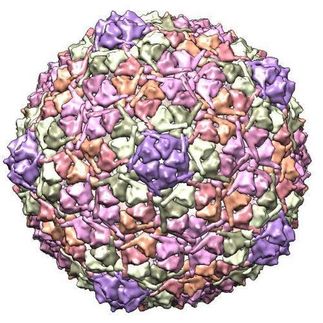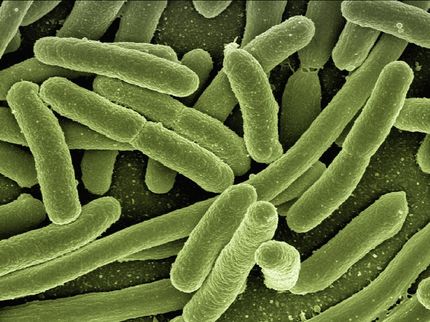'Clever' DNA may help bacteria survive
Scientists have discovered that bacteria can reshape their DNA to survive dehydration
Advertisement
The research, published in Proceedings of the Royal Society Interface, shows that bacterial DNA can change from the regular double helix – known as B-DNA, to the more compact A-DNA form, when faced with hostile conditions such as dehydration.
Crucially, scientists have pinpointed a unique process in DNA, called the B-A-B transition, which allows it to change its structure in response to environmental change. Without impacting on the ability of the bacteria to function and reproduce, this unique structural alteration sees the B-DNA change to A-DNA, and then revert back to its original B-DNA form to ensure the bacteria survive.
Associate Professor Bayden Wood, from Monash University said the study gives vital new information on how bacteria can survive periods of time in arid environments.
“Our findings may be important in understanding how dormant bacteria that are transferred from dry surfaces may become active and reproduce in the human body,’ Associate Professor Wood said.
PhD student and first author of the paper, Donna Whelan said the most common form of DNA found in most organisms is B-DNA. However, the A-form has been thought to show protective qualities to allow bacterial spores to survive high UV exposure and other extreme environmental conditions.
“Our research, which utilised infrared light to investigate the structure of DNA inside live bacteria, demonstrates that bacteria can survive by adopting the A-DNA form after the majority of water is removed – and that really is groundbreaking,” Donna Whelan said.
The new findings build on research led by Associate Professor Wood and Donna Whelan in 2011 at the Australian Synchrotron, which indicated the same B-A-B DNA transition occurs in all cell types. Significantly, the team has now discovered this change may have a biological function in bacteria, potentially assisting them to survive dehydration.
Associate Professor Bayden Wood said the ability for DNA to transform and then change back again in human cells had puzzled scientists until now.
“In human cells the DNA is tightly bound by proteins known as histones, so the fact that it can change to a different form and then change back again is fascinating. We have no biological reason for why this DNA transition happens in human cells, but we may now understand its role in bacteria,” Associate Professor Wood said.
























































